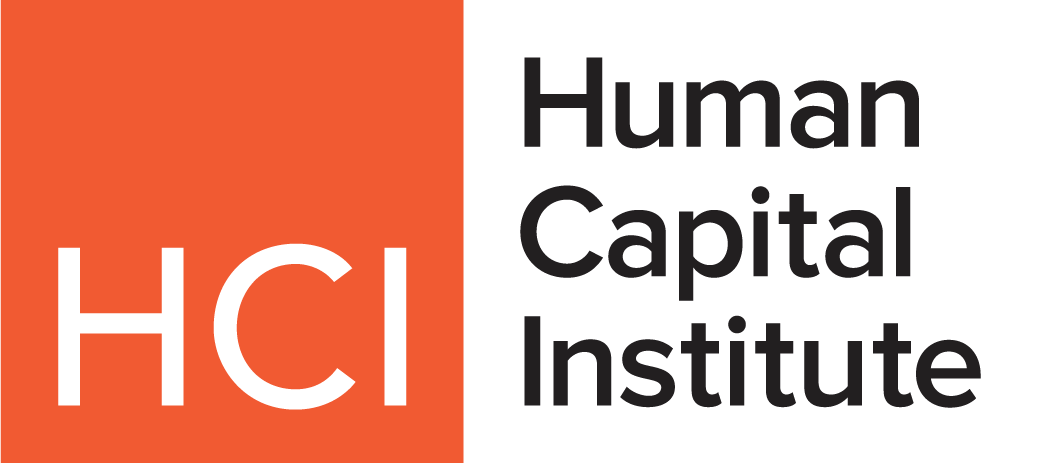3 Things to Focus on When Hiring Workers with Disabilities
In 2017, less than 19% of Americans with a disability were employed. However, with the existing low rates of national unemployment and a job market that’s favorable to jobseekers, more organizations are starting to hire individuals with disabilities. And if your organization is one of them, here are seven things you should do.











